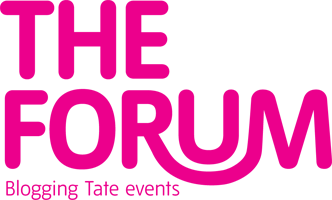A very long time ago, I used to take Life Drawing instruction at the National Academy Museum of Fine Arts in New York. The course followed the traditional atelier method; students arranged their easels and drafting boards in a wide semi-circle or ring around the periphery of the room, like the audience of an enclosed, miniature amphitheatre. Attentions were affixed to the center of the room, where our instructor created mise-en-scene as environments for the models to pose by combining odd bits of domestic furniture with an equine bust cast in plaster, or plinths of various sizes; there was almost always fabric of some sort, draped alternately from a platform or partition.
Prior to last Monday it had been over ten years since I’d last taken part in an instructor-led drawing course with live human models, and I decided to drop in on David Price and Anne Noble Partridge’s Life Drawing workshops when the opportunity arose, just to see if I still had it or not. The evening I arrived at Tate Modern for classes, David Price and an assistant were setting up boxes of drawing charcoal, paper and portable drawing boards at various positions throughout the galleries on Level 4, where the Juan Muñoz Retrospective is currently on view. The galleries were otherwise empty as classes began well after museum open hours had closed. Two nude models (one male, one female) struck 5, 10 and 20-minute poses, lit dramatically by David’s positioning of key lights, to dramatic affect. He encouraged the class to imagine narratives between the live models and Muñoz’ cast, iconic monochrome human figures which inhabit much of the artist's sculptural installation -- I tend to call them “little people”.
One particularly memorable pose consisted of a model seated on a gallery bench, facing the work called Ventriloquist Looking at a Double Interior (1988-2001). The work consists of a lone anthropomorphic figure perched atop a plinth, affecting consideration of two large drawings of empty domestic interiors on the opposite wall. The little sculpted figure is facing away from the viewer, and from my particular vantage point this position echoed the human model’s pose; creating the startling affect of one single image projected along multiple planes, which receded toward some distant, unseen vanishing point beyond the gallery wall. It was a difficult composition to capture in writing, and just as challenging to capture in a 10-minute charcoal sketch.
The exhibition catalogue quotes Muñoz as having once said that, amongst his figurative sculptural installations, “the spectator becomes very much like the object to be looked at, and perhaps the viewer has become the one who is on view.” The drawing course provided my first view of the Muñoz Retrospective at Tate Modern, and facilitated an experience in which I found myself on the gallery floor, drawing the back of another person, himself looking away at the back of another seated figure, which is looking at a drawing. It was in a way, perhaps, somewhat closer to the kind of encounter between viewer and work that Muñoz himself might have preferred.
Friday, February 22, 2008
Models, Muñoz, and Little People
Subscribe to:
Post Comments (Atom)




No comments:
Post a Comment